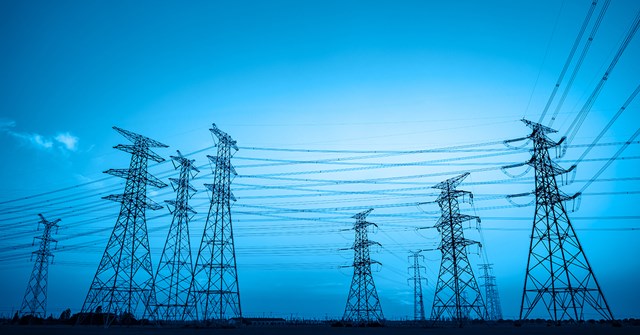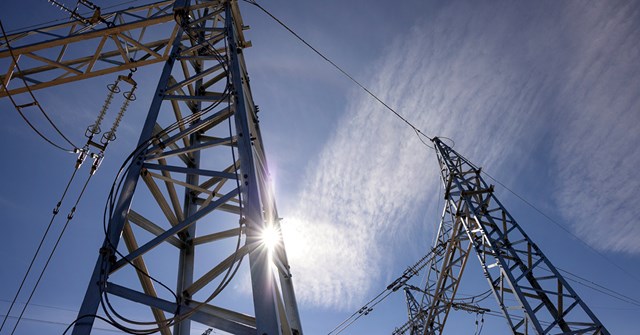Conserving energy keeps the electricity bill moderate
On this page, we have compiled tips for how to reduce your energy usage with small everyday acts, whether your mode of heating be electricity, district heating, or ground source heating.
Top 9: How to succeed in saving energy at home
- Takeing energy-efficient saunas. Heating an electric sauna is one of the biggest uses of electricity. This is why you should now pay special attention to how you use the sauna. Think about whether your family could optimise your sauna days so that the sauna is heated less often and the whole family could benefit from the same heated energy. It is also a good idea to go to the sauna as soon as it is heated so it is not on unnecessarily.
- Quick and cool showers. A ten-minute shower uses up to 120 litres of water, 60% of which is heated. So take quick showers and avoid running the water while lathering. Could you challenge yourself to take two-minute showers? That would use only 30 litres of water.
- Lower the room temperature. You should lower the room temperature of living spaces to 20–21 degrees. The temperature of the bedroom can be even lower. Lowering the temperature by one degree requires up to 5% less of heated energy. 12 degrees is sufficient for storage rooms and garages. Remember to maintain a base temperature for spaces with water pipes to avoid the pipes freezing.
- Adjust your thermostats. Adjust room/radiator-specific thermostats to the same degree to avoid a conflict between the thermostats leading to an increase in temperature in a cooler room.
- Adjust the comfort underfloor heating of washrooms. Adjust the underfloor heating to dry the washrooms after showering and lower the power when the washrooms are not in use. Please note that in thermostatically controlled underfloor heating, leaving the door open may cause the underfloor heating system to compete with the rest of the heating system, increasing your electricity bill.
- Adjust ventilation. Up to a third of residential heat is lost through ventilation. Adjust the ventilation to its minimum with the help of a specialist. However, the ventilation cannot be completely turned off, as it can create other problems for the property.
- Fast and efficient airing out. The most energy-efficient option in electrically heated houses is to air them out without keeping the doors and windows open for too long.
- Inspect the seals of windows and doors. Heat is also lost through leaking sealant. Check and seal windows and doors to avoid heat loss.
- Monitor your own energy use. When you monitor your own energy use, you are also able to better optimize it. As a customer of Oulun Energia, you can monitor your energy use, for example, from your Energiatili. The energy-saver’s calendar can help you time your energy-saving actions correctly.
Top 5: How to save electricity with everyday choices
- Switch to your home to LED lighting and only keep the lights on as needed.
- Optimise how you use your appliances. Take advantage of the timers on your appliances to set them to run at times when electricity is produced more inexpensively. Turn off appliances when not in use.
- Only wash full loads and care for clothes according to their recommendations. For example, airing clothes can reduce how many times they need to be washed, and drying clothes outdoors or in the dryer saves heating energy.
- Take advantage of the residual heat of stoves and ovens and make larger batches of food at once. Remember that a fan-assisted oven does not need to be preheated.
- If you buy new appliances, pay attention to their energy efficiency.
Top 3: How to save money with small everyday acts
- Use public transport, shared transport, or human-powered transport to get around when possible. This will allow you to save on insurance, vehicle taxes, the price of fuel, and in the best-case scenario, you will get in better shape.
- By recycling, you can save valuable raw materials and money. Repair, sell, or donate usable products.
- Reduce food waste and buy local. By adding vegetables and vegetable proteins to your plate, you will go easy on both the environment and your wallet.



